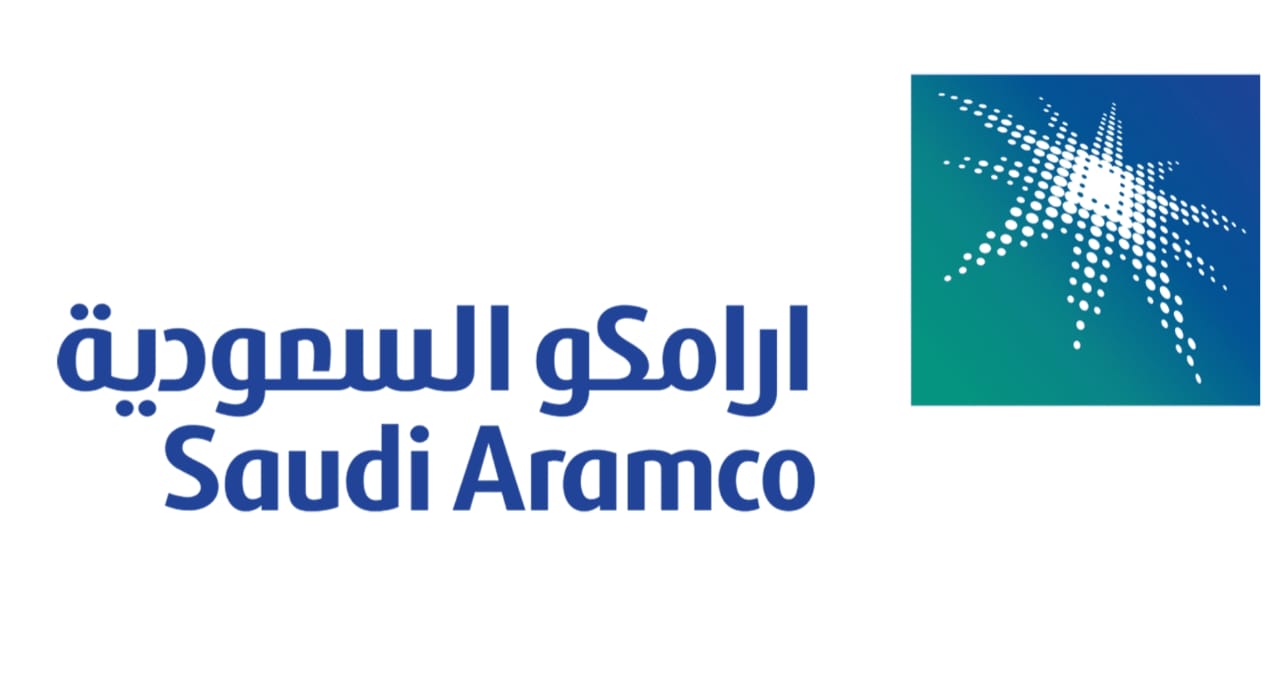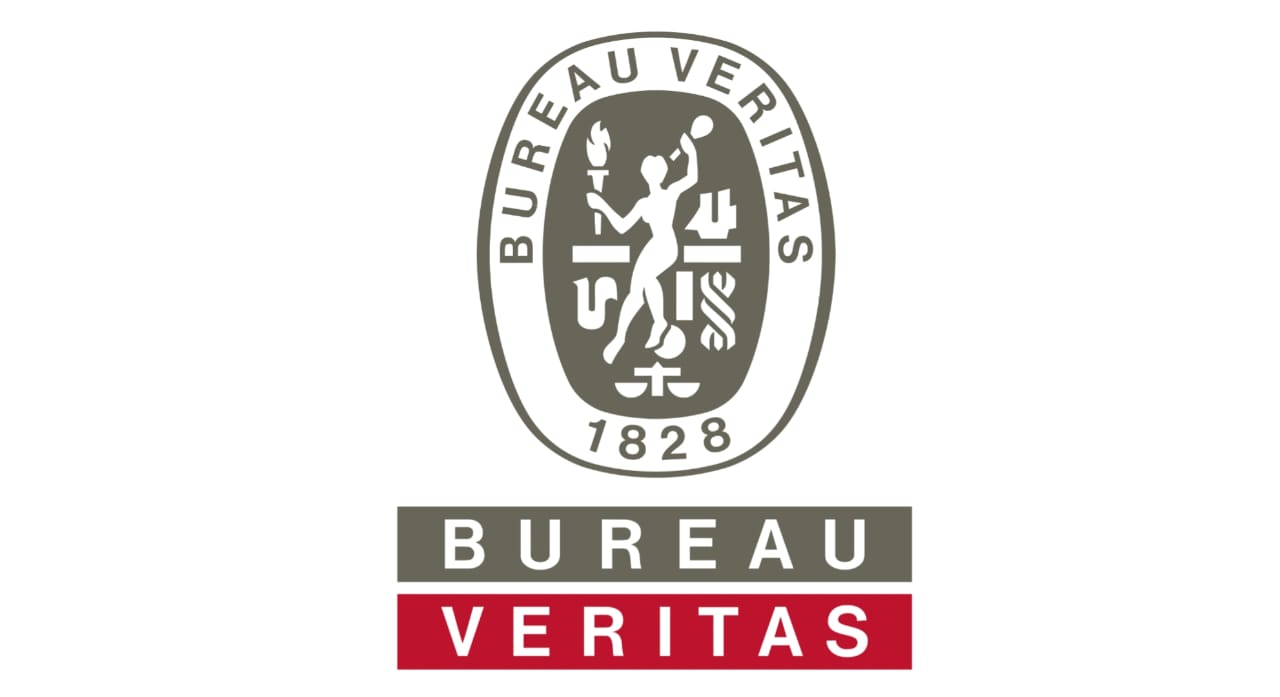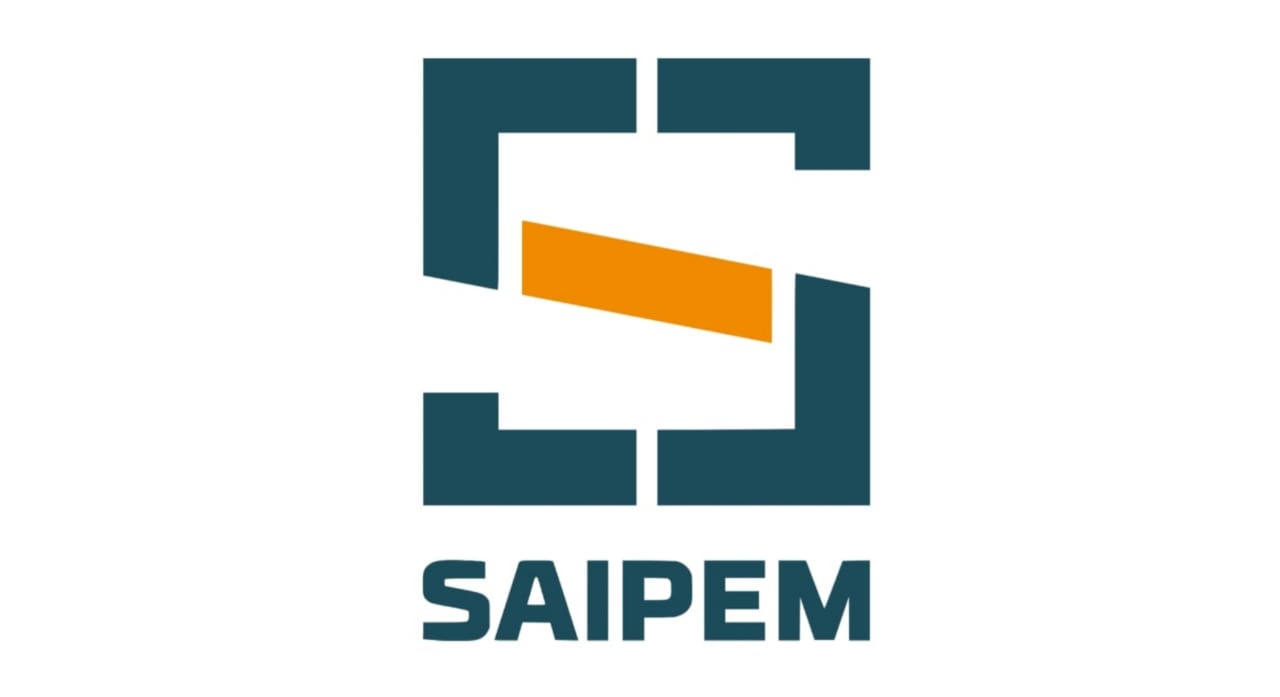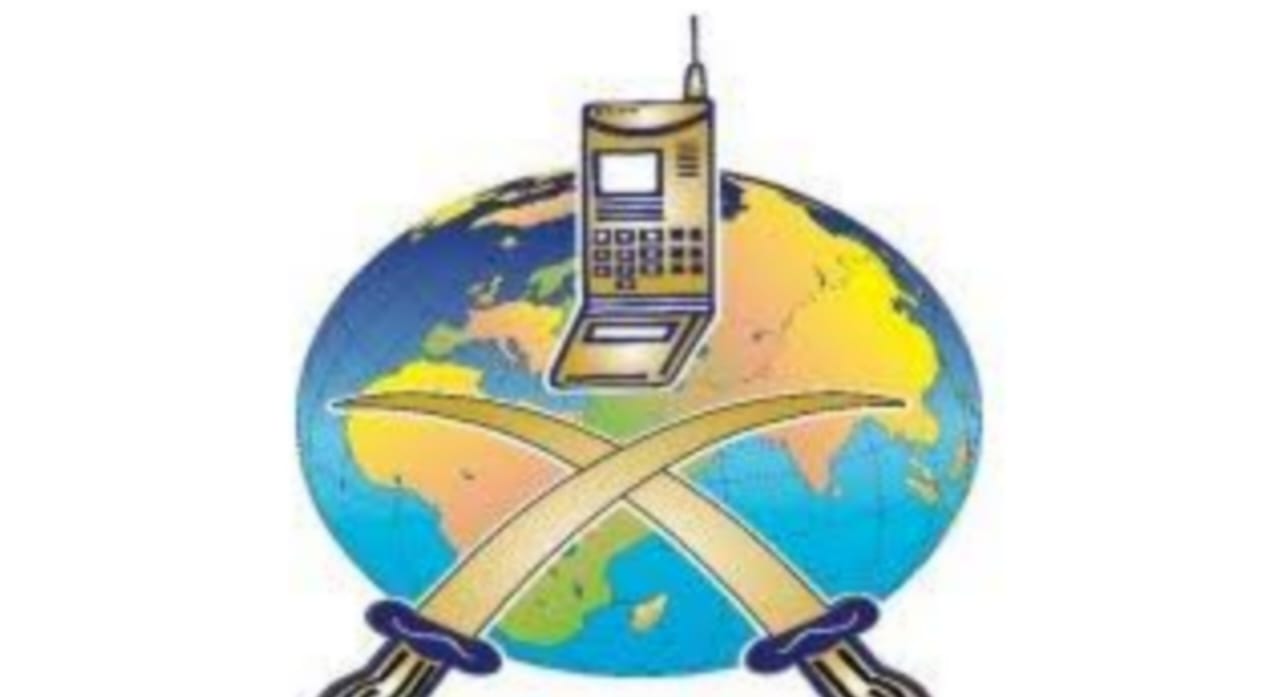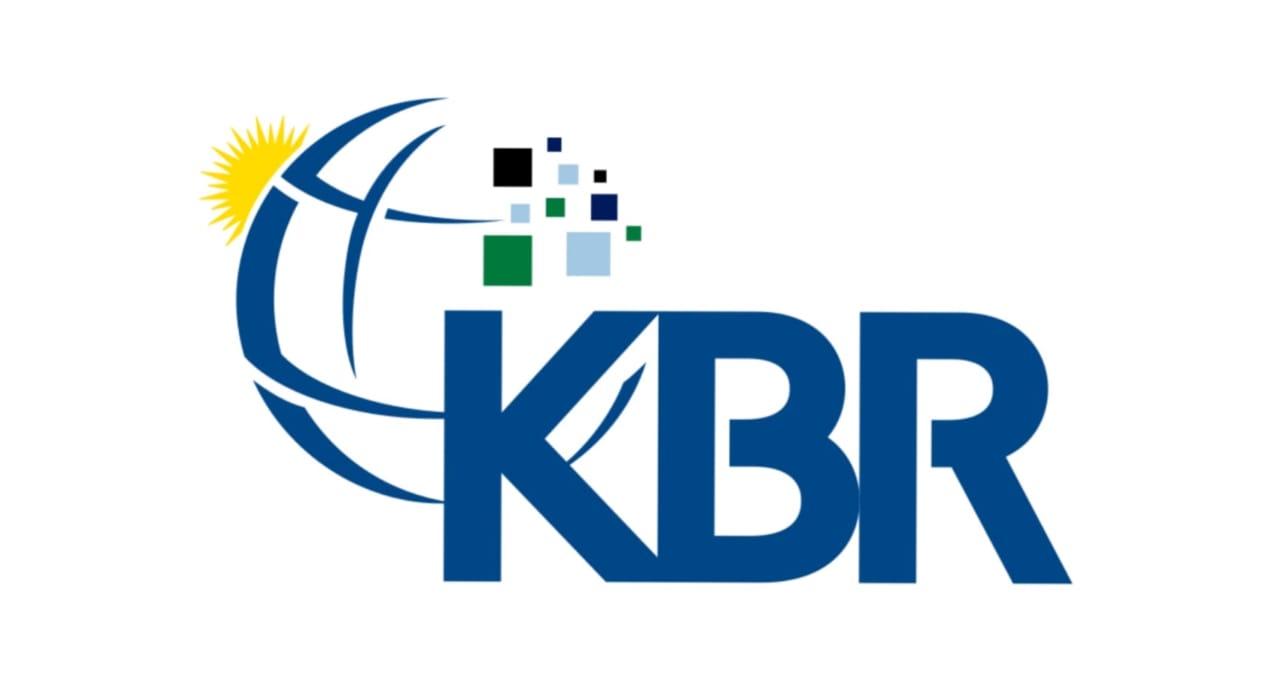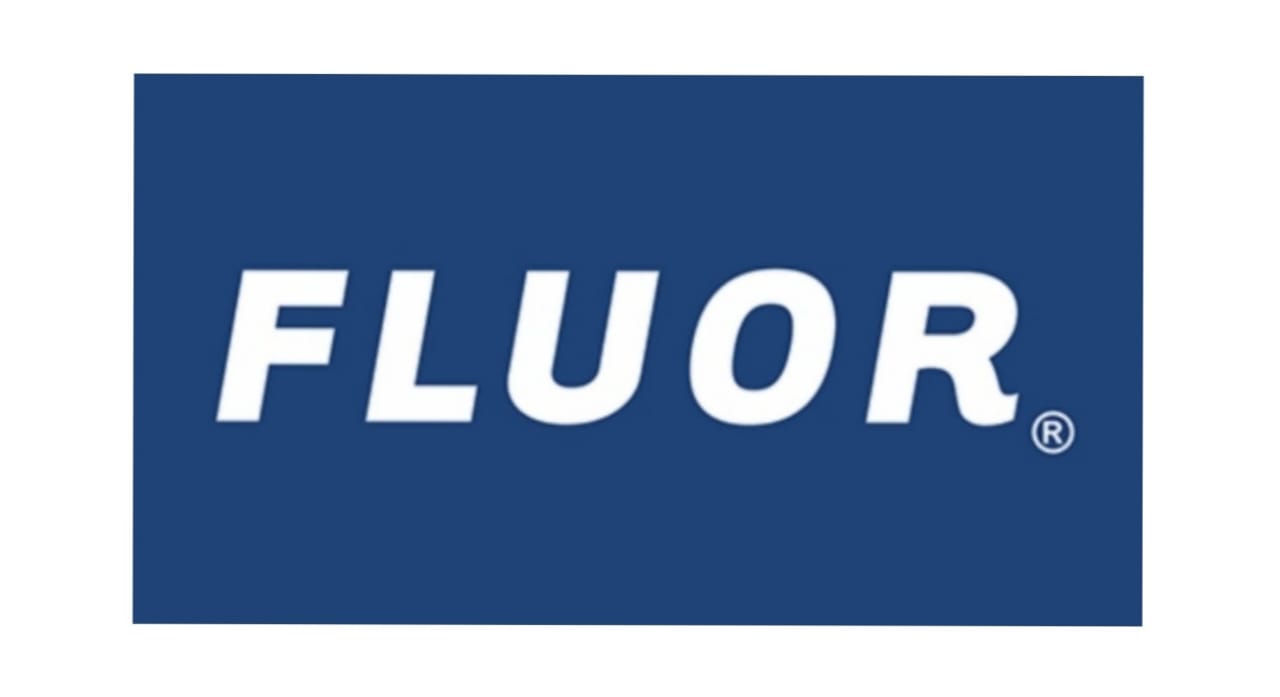Thermal and Night Vision Cameras: Enhancing CCTV Performance in Low-Light Conditions
Thermal and night vision cameras significantly enhance CCTV performance by providing clear visibility in low-light conditions, enabling effective monitoring and security during nighttime or adverse weather.
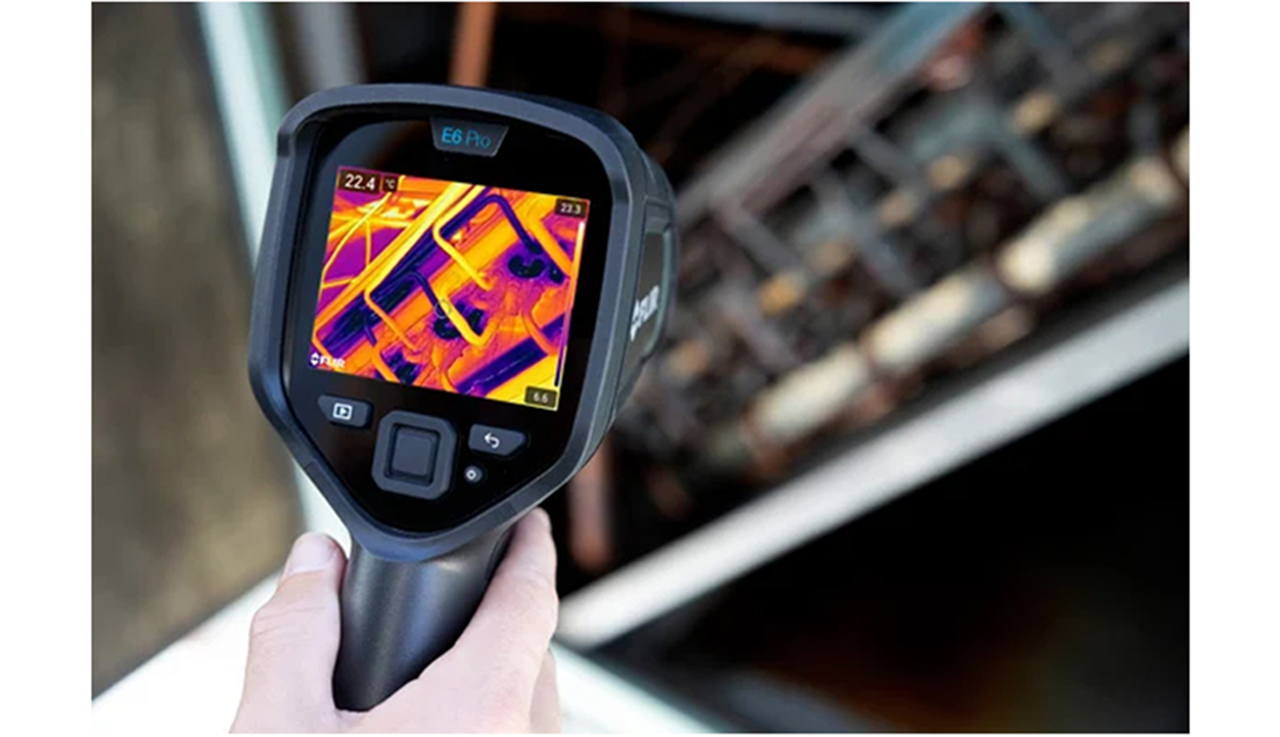
Thermal and Night Vision Cameras: Enhancing CCTV Performance in Low-Light Conditions
In the evolving landscape of security and surveillance, ensuring comprehensive coverage around the clock is paramount. Traditional CCTV systems, while effective in well-lit environments, often face significant limitations in low-light or no-light conditions, compromising their ability to capture clear footage. To address this challenge, the integration of thermal imaging and night vision technologies has become increasingly prevalent, enhancing the effectiveness of modern CCTV systems in even the most challenging environments. Thermal cameras work by detecting heat signatures emitted by objects, animals, or individuals, converting them into visible images. This capability enables them to function optimally in complete darkness or adverse conditions such as fog, smoke, or heavy rain, making them indispensable in high-security sectors like border control, critical infrastructure, and industrial sites.
Night vision cameras, meanwhile, utilize infrared (IR) technology to capture clear imagery in environments with limited lighting by emitting IR light that is invisible to the human eye. These cameras are particularly valuable in urban and suburban settings, where ambient lighting is present but insufficient for traditional surveillance systems. The convergence of these two technologies in dual-sensor CCTV systems offers a holistic solution, with thermal cameras excelling in zero-visibility conditions and night vision cameras providing superior performance in low-light scenarios. This combination allows for enhanced real-time monitoring and threat detection, significantly improving the ability to safeguard assets and respond to potential security breaches.
By leveraging thermal and night vision technologies, modern CCTV systems deliver unparalleled surveillance capabilities, ensuring continuous, reliable monitoring across diverse environments. This integration not only enhances the quality of surveillance footage but also strengthens overall security infrastructure, providing organizations with a powerful, cost-efficient tool to protect their assets and maintain safety 24/7.
